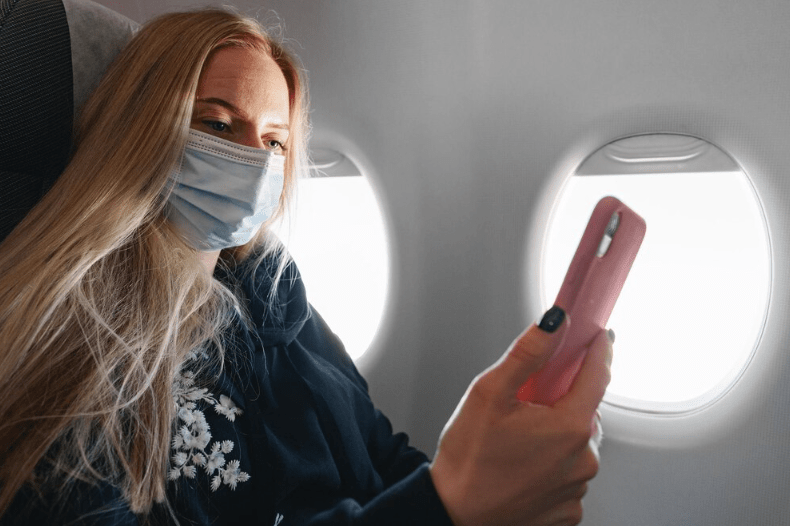Traveling with a chronic medical condition like COPD, multiple sclerosis, Parkinson’s or epilepsy can seem daunting, but being prepared and planning ahead can help ensure your flight goes smoothly. Here are some tips for flying with a chronic condition.

Bring Documentation from Your Doctor
It’s a good idea to have a letter from your physician detailing your condition, any medication or equipment you may need during your flight, and confirmation that you are fit to fly. This documentation will be useful if you need any special accommodations or assistance from airline staff. Bring copies with you in your carry-on bag.
Notify the Airline in Advance
Alert the airline as soon as you book your flight that you have a medical condition and may require special services. This gives them time to accommodate your needs. Be specific about what you require, such as wheelchair assistance through the airport, access to refrigerated storage for medications, or bringing medical devices on the plane.
Pack Medications in Carry-On
Always keep medications, supplements, and medical supplies in your carry-on bag so they are easily accessible during your flight. Bring more than enough for the duration of your trip. Keep medications in their original packaging with pharmacy labels for identification.
Bring Medical Devices/Equipment in Carry-On
Pack any medical devices, such as CPAP machines, portable nebulizers, or assistive devices like canes, in your carry-on luggage. You’ll need these items with you on the plane and checking them runs the risk of damage or loss. Be sure to bring any batteries or power cords needed.
Stay Hydrated
Drink plenty of water before and during your flight to stay hydrated. Avoid alcohol and caffeine, which can worsen symptoms. Use a refillable water bottle once you’re through security. Staying hydrated helps prevent exacerbation of conditions like migraines, blood clots, urinary tract infections, and oxygen deprivation.
Keep Healthy Snacks on Hand
Bring nutritious snacks like protein bars, fruits, and vegetables in case you need to eat regularly to manage your condition. This also guards against low blood sugar if meals are delayed. Take snacks in your carry-on in case you need them during an unexpected delay.
Wear Compression Stockings
For conditions like blood clots, lymph edema, and venous insufficiency, compression stockings improve circulation on long flights. Compression socks also reduce ankle and leg swelling.
Walk and Stretch on Board
Move around the cabin regularly, perform seated stretches, and stay as active as possible on longer flights. This keeps blood circulation going and may help manage conditions exacerbated by inactivity like joint pain or restlessness.
Aisle seats make it easier to get up frequently. Getting up to use the restroom every hour or two is also recommended.
Use a NEMT Service
A non emergency medical transportation service can make the entire process a lot easier by providing a trained travel nurse to accompany you on your trip. They’ll handle all the flight admin and provide medical assistance should you need it.
Take time to prepare for your specific medical needs so you have a comfortable, stress-free flight. Being organized and proactive allows you to focus on enjoying your travels.
Hey welcome to my blog . I am a modern women who love to share any tips on lifestyle, health, travel. Hope you join me in this journey!

Speak Your Mind